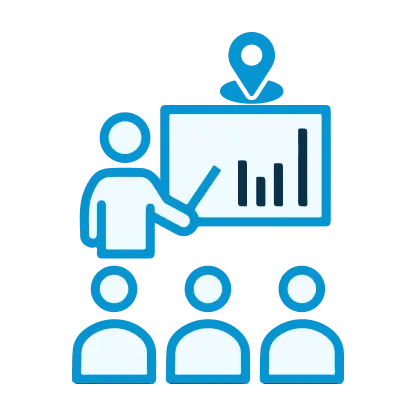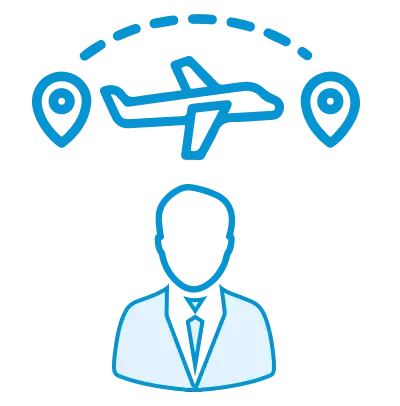We're open through the holidays to support your upskilling goals — Which training do you want to book?
We're open through the holidays to support your upskilling goals — Which training do you want to book?
Unable to find what you're searching for?
We're here to help you find itChange Technology
Siemens HMI (Human Machine Interface) solutions are essential tools used in industrial automation to enable operators and technicians to interact with machines and control systems. Siemens offers a wide range of HMI devices—from Basic Panels to advanced SIMATIC Comfort Panels and the WinCC Unified system—that provide real-time visualization, diagnostics, and operational control in factory and process environments.
These interfaces are designed for durability, flexibility, and easy integration with Siemens PLCs and SCADA systems. Siemens HMI allows users to monitor production status, enter commands, acknowledge alarms, and adjust parameters, all from intuitive, touchscreen displays. Its graphical environments improve user experience, reduce errors, and enhance plant efficiency.
Industries such as automotive, pharmaceuticals, food processing, and energy rely on Siemens HMI for centralized, user-friendly control. Learning how to design and configure HMI systems using TIA Portal and WinCC software is vital for professionals in automation and control roles. Siemens HMI training equips learners with practical skills to build modern, responsive operator interfaces in smart industrial settings.

Clear All
Filter
Clear All
Clear All
Clear All
*Excluding VAT and GST
Showing to of entries
Siemens began developing Human Machine Interface (HMI) solutions in the early 1990s to support its growing line of automation products. The introduction of SIMATIC Panels marked a significant milestone, allowing operators to move from manual switches and pushbuttons to digital touchscreens and graphical displays.
Over time, Siemens expanded its HMI portfolio with the release of Basic, Comfort, and Mobile Panels, tailored for different levels of industrial use. The development of WinCC (Windows Control Center) software provided powerful tools for HMI configuration and visualization.
A major evolution came with the launch of WinCC Unified, which brought web-based visualization, responsive design, and cloud connectivity to Siemens HMI systems. With a focus on usability, interoperability, and cybersecurity, Siemens HMI has become an industry benchmark in machine interaction and operator efficiency.
Siemens HMI systems are embracing modern UI/UX design, web technologies, and cloud integration to support smart manufacturing environments. The launch of WinCC Unified has introduced a web-native platform with responsive HMI screens accessible via browsers, tablets, and mobile devices—enhancing mobility and flexibility for plant operators.
Recent trends also include edge computing, allowing HMIs to process data locally and reduce latency in high-speed applications. Integration with IIoT platforms such as MindSphere enables real-time data sharing and remote diagnostics, which are key for predictive maintenance and data-driven operations.
Siemens is also focusing on cybersecurity features, ensuring that HMI systems meet the strict standards required in critical infrastructure and global operations. As machines become smarter and more connected, the demand for professionals skilled in HMI design, scripting, and WinCC configuration continues to grow. Learning Siemens HMI keeps automation professionals aligned with the future of industrial interface technology.
Ans - No, the published fee includes all applicable taxes.



